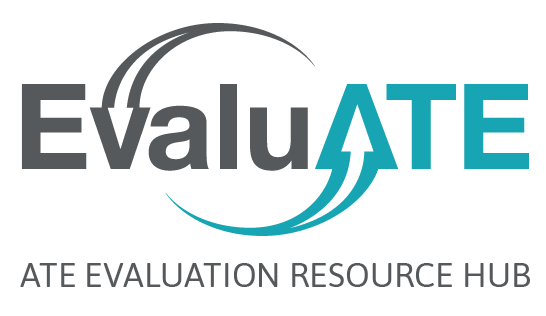Along with the change from FastLane to Research.gov, there are a few changes in the reporting categories. Additionally, public Project Outcomes Reports are now required in addition to Final Reports 90 days after grant expires.
ANNUAL REPORTS
The annual report categories have largely remained the same, but there are a few noteworthy changes. The Participants section has not changed—this is where you identify the individuals, organizations, and other collaborators that have contributed to your grant work. A new Accomplishments section replaces the old “Activities and Findings” component. This is where most of the new requirements are found. In addition to identifying the project’s major goals, PIs must provide information for at least one of the following categories: major activities, specific objectives; significant results (including findings, developments, or conclusions) and key outcomes or other achievements. I recommend reporting your evaluation results under “key outcomes.” The Products section of the report is very similar to what was included in the FastLane system, but now in addition to publications, websites, and other products, there are separate areas to identify (a) technologies or techniques and (b) inventions, patent applications, and/or other licenses. The former “Conference Proceedings” section is now subsumed in this category as well. A new Impact section replaces what was formerly called “Contributions.” In addition to contributions to the principal discipline, other disciplines, human resources, infrastructure resources, and other aspects of public welfare (now labeled “beyond science and technology”), PIs are now asked to also report on technology transfer and identify significant problems or changes in the project.
PROJECT OUTCOMES REPORTS
Project Outcomes Reports are 200-800 word summaries of projects and their outcomes. In particular, PIs should address results that address NSF’s intellectual merit and broader impacts review criteria. For intellectual merit, you should address how the project has advanced knowledge and understanding around technician education and/or how the project has been especially creative, original, or transformative. Here you can refer to how you have described your disciplinary contributions in the Impact section of your annual report. As for broader impacts, this is your opportunity to describe your impact on students; what you have done to broaden participation of underrepresented groups; how you have enhanced infrastructure for technological education and research through facilities, instrumentation, networks, and partnerships; and/or other ways your grant-funded work has benefitted society.
To learn more about Research.gov, annual reporting requirements, and project outcomes reports, go to 1.usa.gov/16NJqXr.
To view examples of ATE Project Outcomes Reports, go to 1.usa.gov/13j3Us7, then click on the box for “Show Only Awards with Project Outcomes Reports” and in the box for “Program,” type “Advanced Technological Education.”

Except where noted, all content on this website is licensed under a Creative Commons Attribution-NonCommercial-ShareAlike 4.0 International License.



 EvaluATE is supported by the National Science Foundation under grant number 2332143. Any opinions, findings, and conclusions or recommendations expressed on this site are those of the authors and do not necessarily reflect the views of the National Science Foundation.
EvaluATE is supported by the National Science Foundation under grant number 2332143. Any opinions, findings, and conclusions or recommendations expressed on this site are those of the authors and do not necessarily reflect the views of the National Science Foundation.